Back on the 26th of October 2019 I published a post about how, during the 1960s there was a considerable effort made to develop the technologies that would allow human beings to live and work at the bottom of the Ocean. As I was growing up it seemed to me that the efforts of those aquanauts paralleled in some ways those of the astronauts in outer space, both seeking to explore and colonize new frontiers for the human race. And like the space race, during the 1970s public interest in living beneath the sea plummeted. However while manned space travel limped along for the next few decades stuck in Low Earth Orbit (LOE), efforts to colonize the oceans virtually disappeared.

To me it’s not surprising therefore that even as NASA plans for a return to the Moon in the next half dozen years or so there is also renewed interest in exploring and settling the ocean depths. And one of the leading figures in this revival of ocean exploration has a lot of family tradition backing him up. He’s Fabien Cousteau, the grandson of Jacques Yves Cousteau, the engineer and oceanographer who designed and developed the Self Contained Underwater Breathing Apparatus or SCUBA gear and who on his ship the Calypso brought the mysteries of the sea into our living rooms through his documentaries “The Undersea World of Jacques Cousteau.”
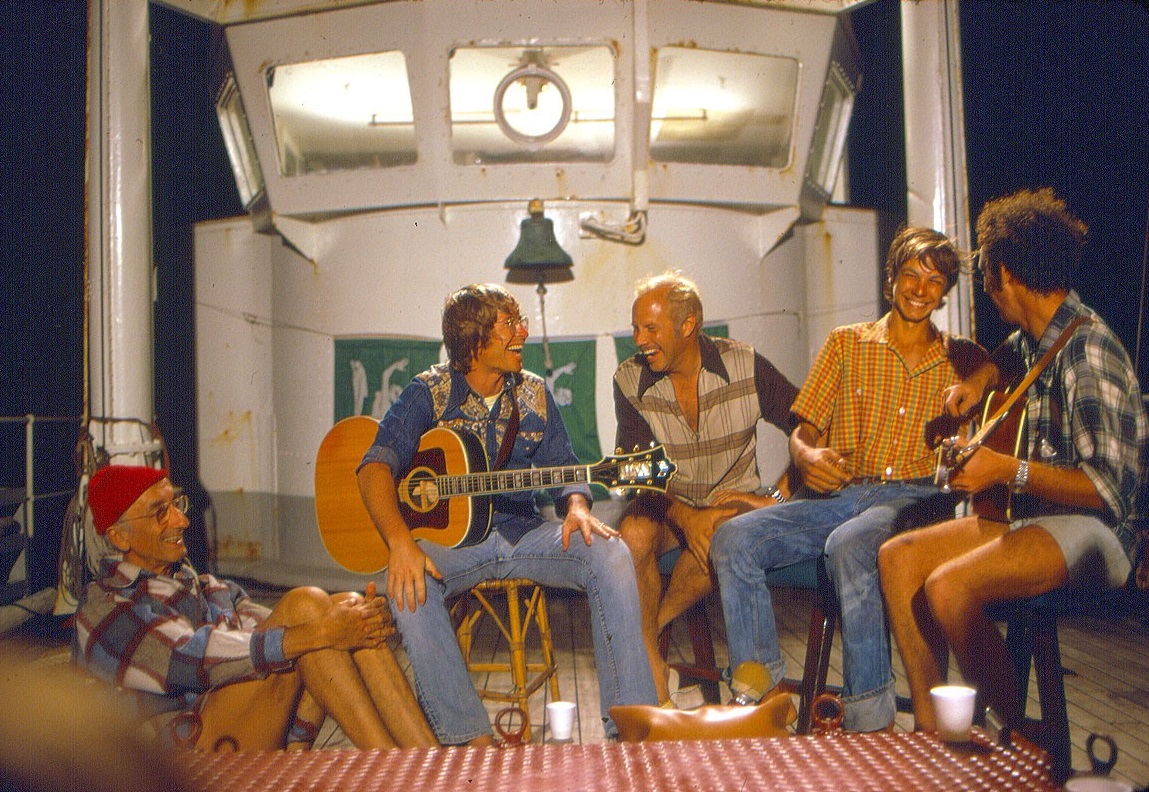
Now during the early 1960s Jacques Cousteau had personally organized and led the Conshelf Project that consisted of three separate manned habitats on the seafloor. In 1962 Conshelf 1 allowed two men to live for a week at a depth of 10m off of the Southern coast of France. Conshelf 2 followed in 1963 with six men living for a month at 10m in the Red Sea. Conshelf 3 in 1965 was the most ambitious with six men living at a depth of 100m for three weeks.
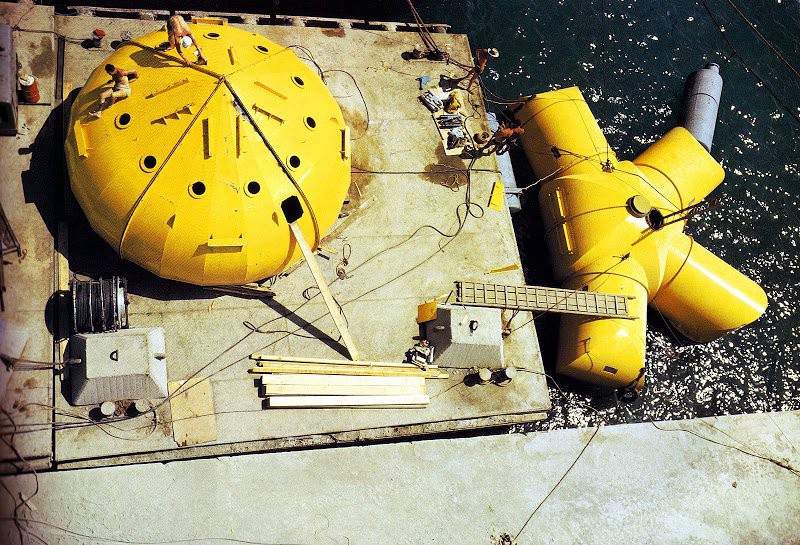
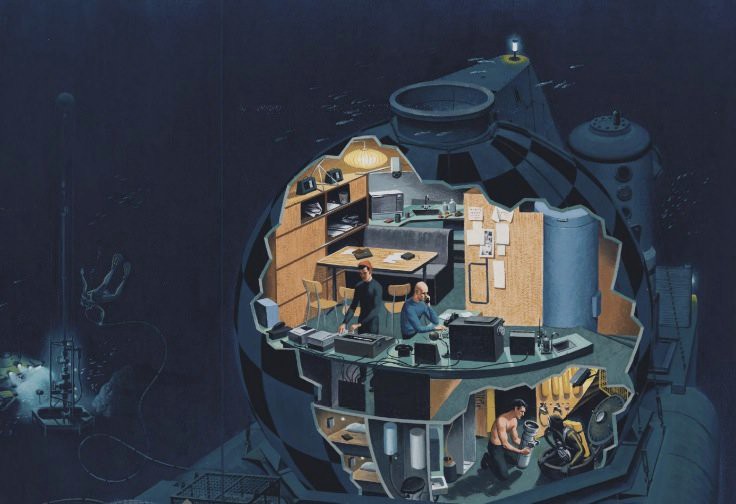
With that kind of family history you would expect that Fabien’s proposed undersea habitat would be both ambitious and well conceived. Project Proteus, named for a Greek sea god who was the son of Poseidon, is really a scaled up version of Conshelf 2 in that the main structure will be at a depth of 20m off of the coast of the island of Curacao in the Caribbean.
Designed to have more than 350 square meters of living space, Proteus will be a two-story structure housing a crew of twelve. Unlike previous underwater habitats where scientists would collect samples and data to be studied at a later time in labouratories on land Cousteau intends for Proteus to have enough space for a full sized, state of the art labouratory of its own.

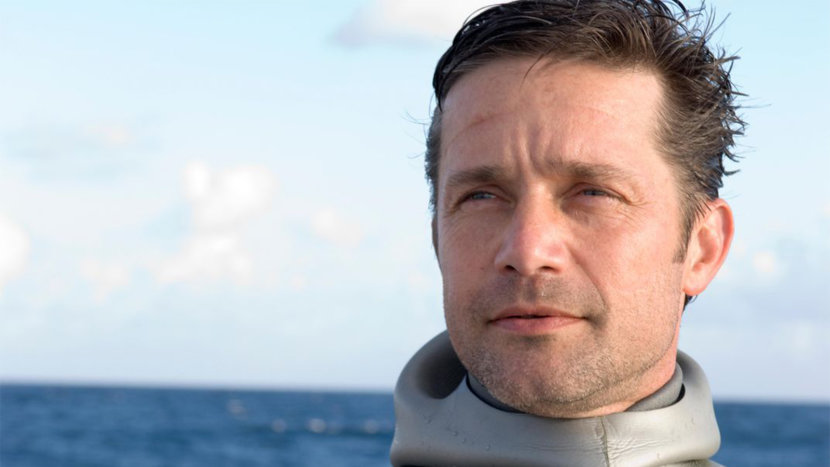
The estimated price tag for the construction of Proteus along with the first three years of operation is $135 million US dollars, which Cousteau and his team are currently busy trying to raise. Cousteau is promoting Proteus as an International Space Station (ISS) for underwater research and like the ISS it is planned that Proteus will be permanently manned with groups of scientists coming to stay for a period of weeks or months and then being relieved by other scientists.
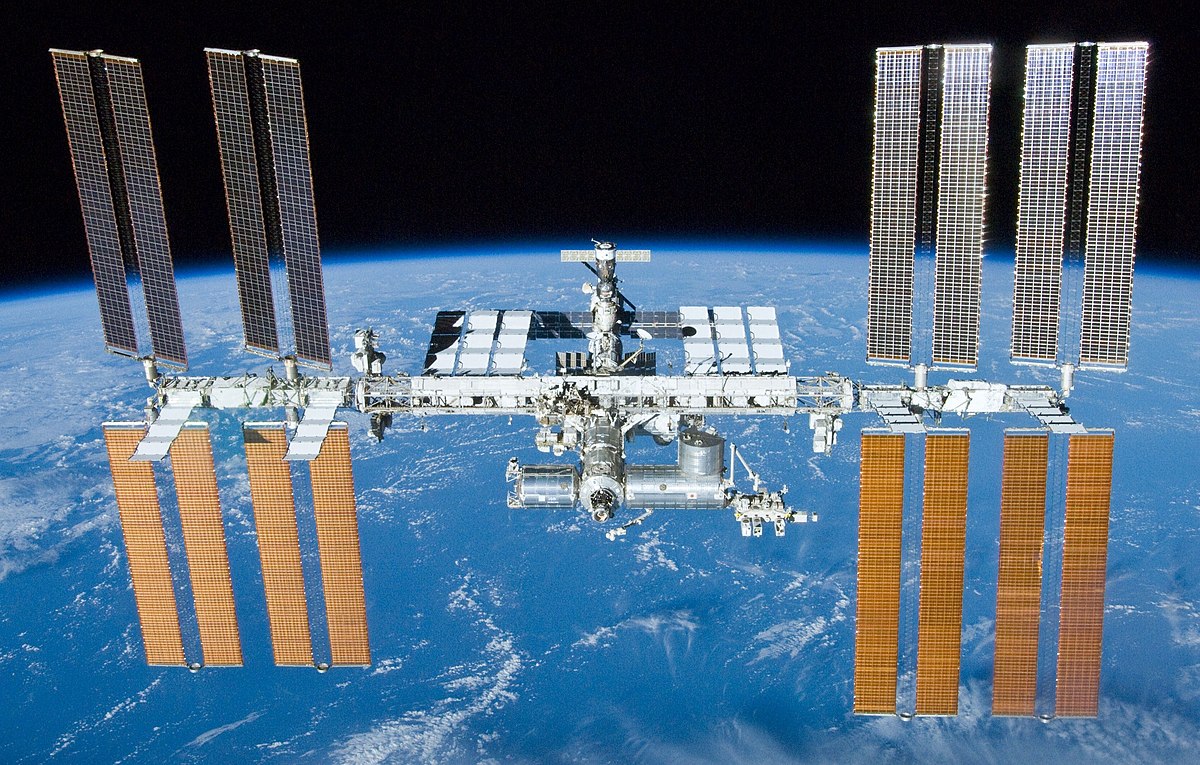
In addition to studying the sea bottom as a large scale, long term habitat Proteus will also enable scientists and engineers to identify and solve some of the many problems humans face living in the oceans. For example, in an underwater home you can’t cook using an open flame, it would quickly use up all of your oxygen. At the same time stepping outdoors simply isn’t as easy as it is from any home on land. If humans are ever going to establish permanent settlements in the seas these and many other technical problems are going to have to be solved. And we need to solve them because in the years to come we are going to have to make better use of our ocean’s resources, while at the same better protecting all of the many creatures living there.

Back in the 1960s it was said that since all life had come from the sea originally, so by exploring the oceans we were just returning to our ancient home. The Proteus project, like the ISS now in orbit, could be our first real home in a new world.
